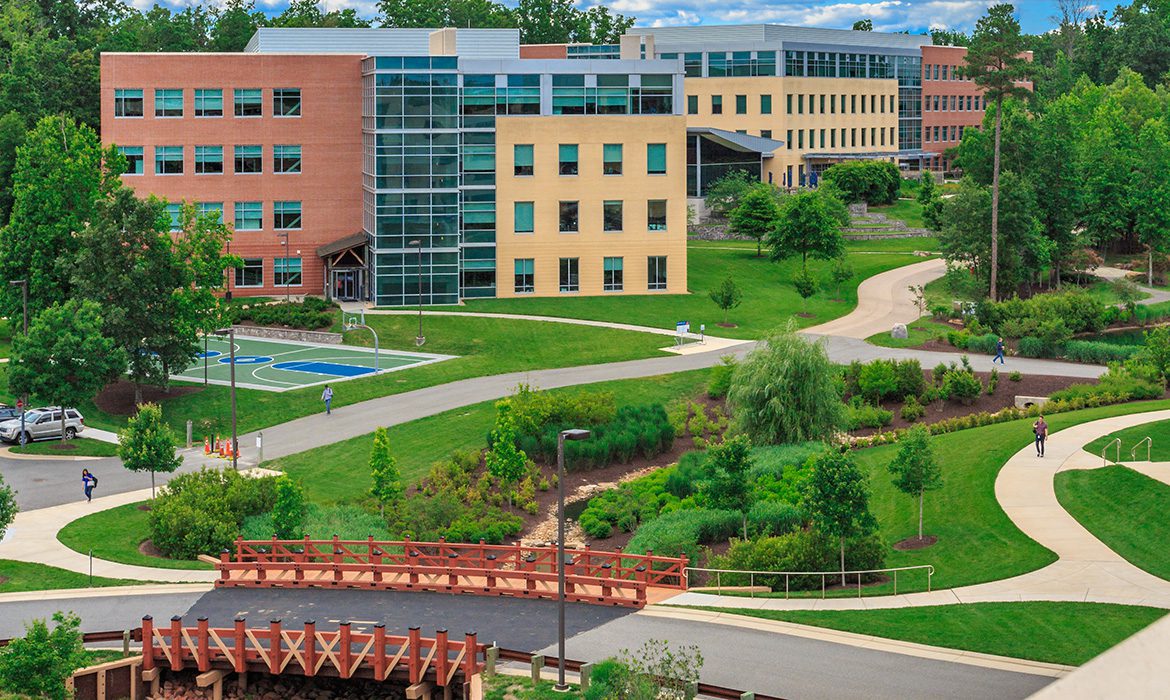
Location: Richmond, VA
Project Scope: The maintenance of the site includes care of 105,000 perennials/grasses/shrubs; 550 annuals; 40 acres of turf and 4,000 trees as well as watering, transplanting of mature material, edging, mulching and sports field maintenance. Since taking over the site’s maintenance approximately one year ago, there have been approximately 50 enhancements performed to help augment this site’s visual appeal.
Maintained By: Richmond, VA Landscape Management Branch
Industry Awards Won: National Association of Landscape Professionals (NALP) 2017 Merit Award, Landscape Contractors Association (LCA) 2017 Grand Award
Site Description: This sprawling 300-acre corporate campus for a global banking organization was designed to reflect both their dynamic results-oriented culture and the park-like West Creek environment. This Richmond campus houses 13 commercial office buildings, five sports fields, walking trails, outdoor cafes, naturalized areas and more for the enjoyment of over 9,000 employees, referred to as “associates,” and numerous visitors. As one of the largest employers in the Richmond area, the company’s West Creek campus was intended to showcase their commitment to their associates and is a frequent destination for potential and new employees. The entire site is designed to promote interconnectivity and harmony with its natural setting.
Challenges & Solutions: The immense size and scope of the site in itself are a challenge. Crews mulch about 10 acres (requiring over 1,400 cubic yards of mulch per year) and maintain over 40 acres of predominantly fescue turf, which requires mowing, weed control and a high amount of aerating and overseeding as well as topdressing. Grading issues, swampy terrain, and a high water table necessitates crews constantly monitor for weeds and fungus.
The high volume of associates and visitors to the campus creates substantial traffic, necessitating close coordination with the client to schedule maintenance. Additionally, the heavy use of native and adapted plant material, which are well-suited for the area but aren’t tremendously visual, requires frequent pruning to encourage maximum flowering (approximately 350 hours/year). Some native species often reseed or spread into unwanted areas causing bed crowding and requiring constant pruning and monitoring by the landscape contractor to keep areas well groomed.
Photos & Descriptions:
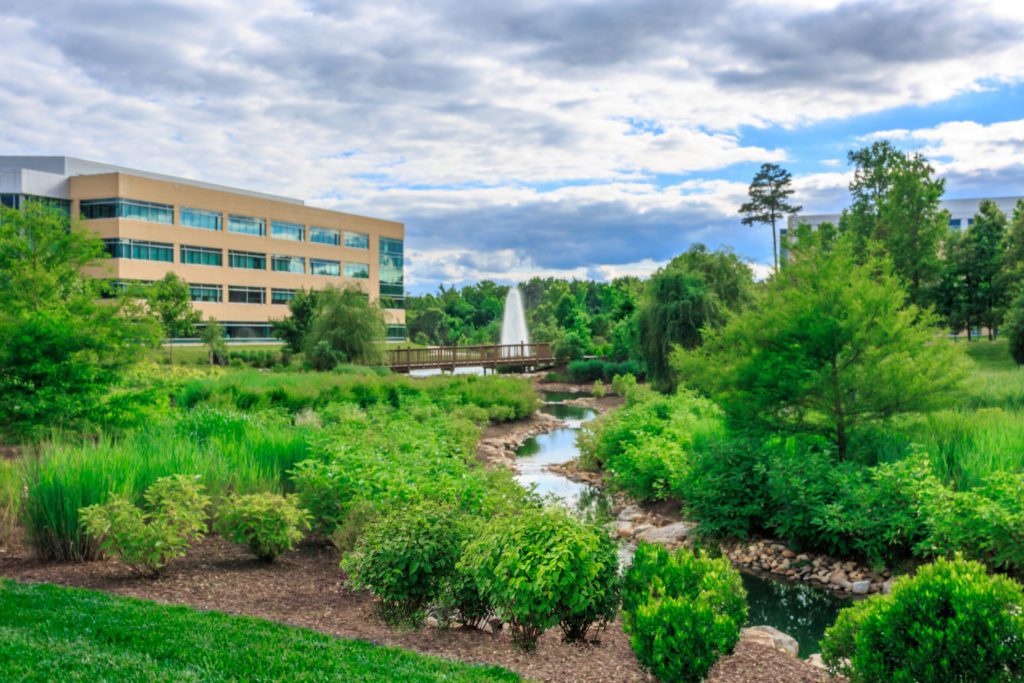
There are several naturalized areas on campus, including a butterfly garden and a central courtyard, which were converted into a natural meadow. The meadow is filled with perennials and a riverbed that filters water and is a conduit for the site’s bioretention pond.
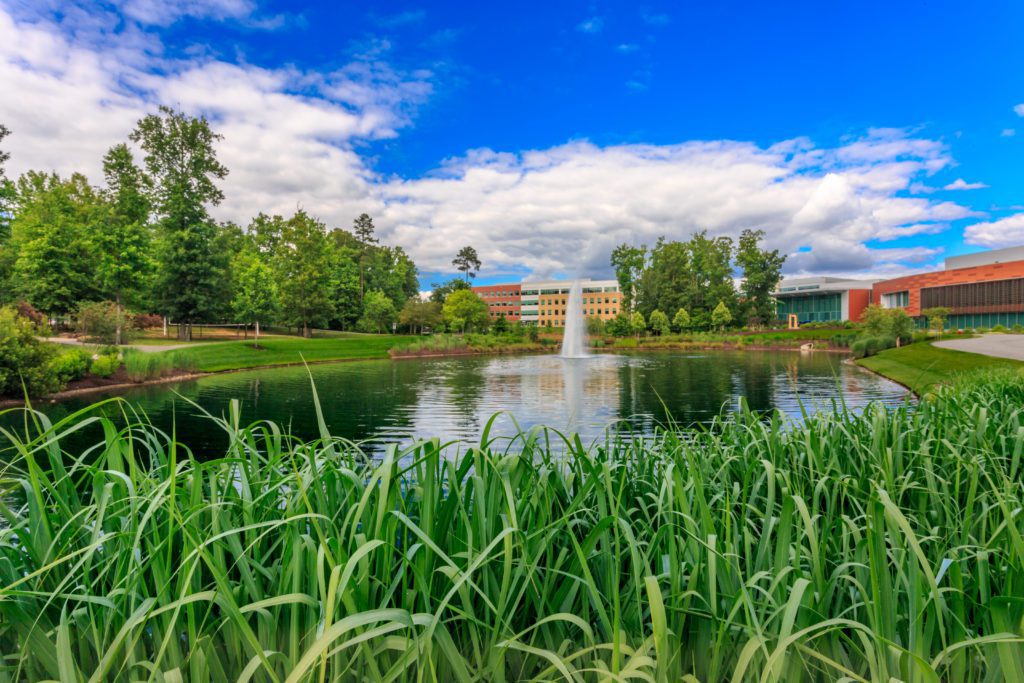
Maintaining the site’s bioretention pond requires mowing and pruning as well as an eye to the pond’s water levels to ensure that when it drops below a certain point that the maintenance of the pond then extends into that area. Regular management of cattails and other native water plants is required and is challenging due to its marshy areas and proximity to water.
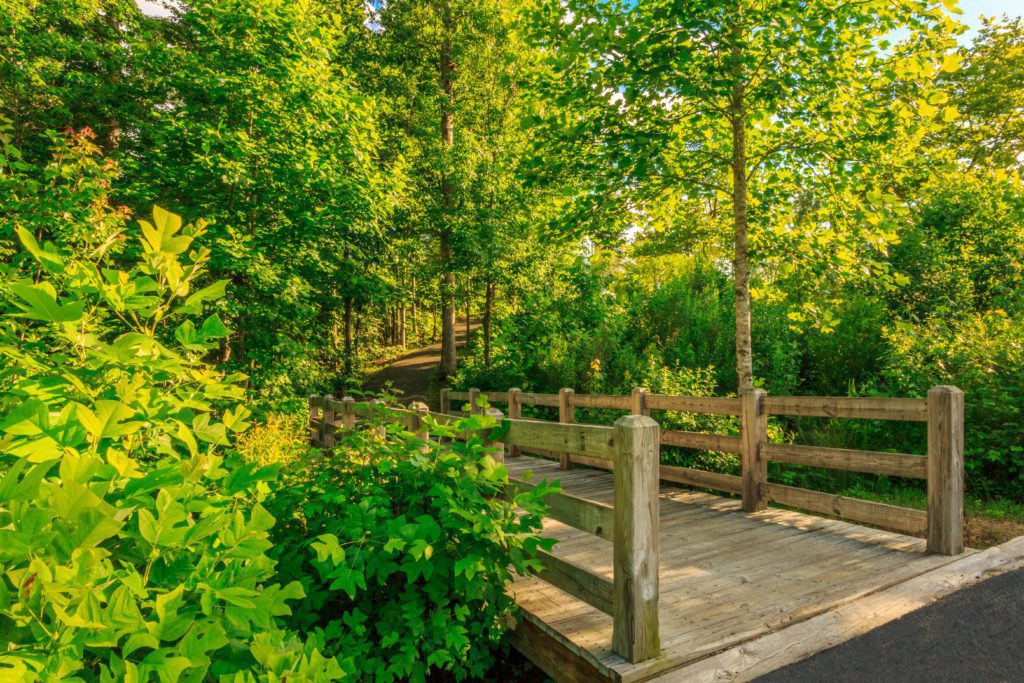
There are 1.5-miles of walking trail runs around the property through naturalized and wooded areas. The contractor maintains the trails by clearing out undergrowth, dressing with shredded leaf debris, treating weeds with herbicide, and limbing trees as needed.
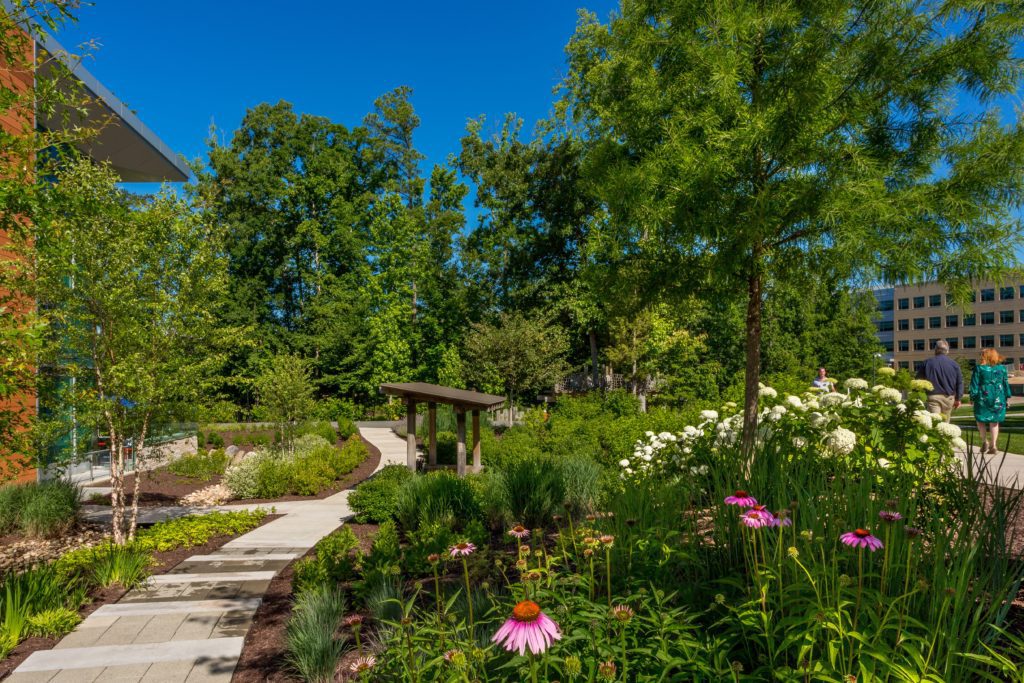
The site’s 13 buildings are connected by a series of walkways to promote a feeling of interconnectivity on this sprawling 300-acre campus while encouraging associates to get out and enjoy the outdoor space.
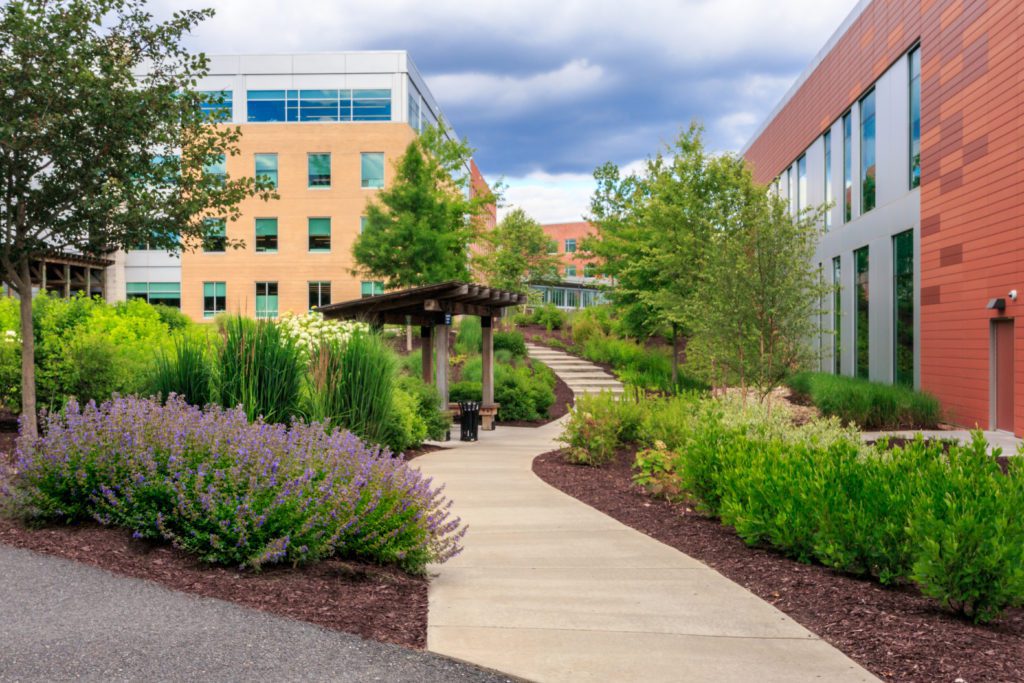
With 4,000 trees on site, pest control is an ongoing challenge. In the summer, crews constantly monitor plant material for Japanese beetles, bag worms, caterpillars, aphids, leaf and spider mites, treating effected plant material when issues are discovered.
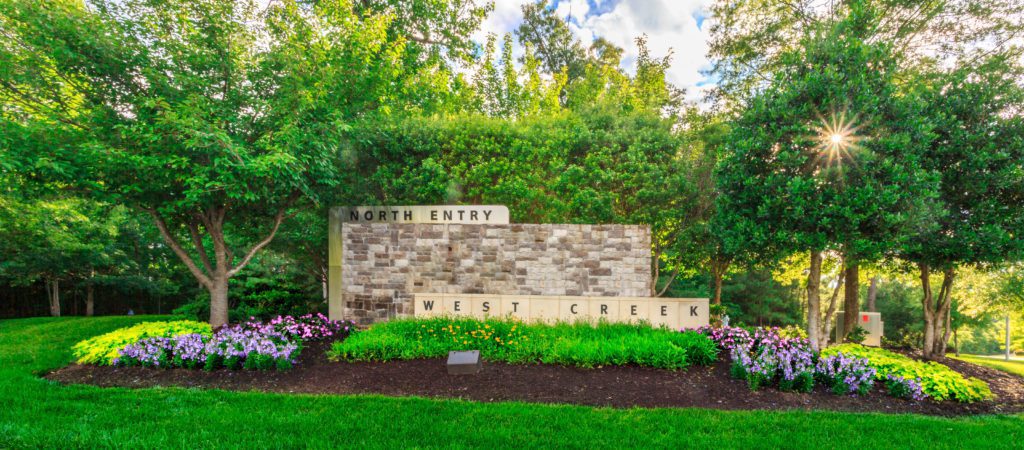
The 105,000 perennials, ornamental grasses and shrubs on the site help with sustainability, but highly visible areas including the site entrance and roundabout feature bright, colorful annuals. These are inspected for weeds daily, treated with fungicide and fertilizer every 21 days, and rotated 2-3 times per year—in the fall, spring and/or early summer.
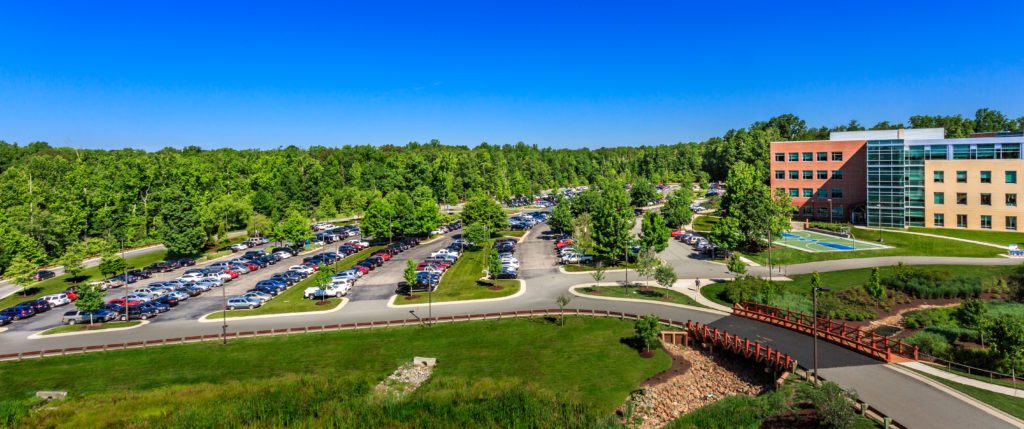
Extensive parking areas cover about a third of the campus. The islands contain over 3,000 trees—which require frequent trimming and limbing—as well as a Filterra® stormwater biofiltration system. These extensive parking islands contribute to the over 10 miles of edging performed on the property each week.
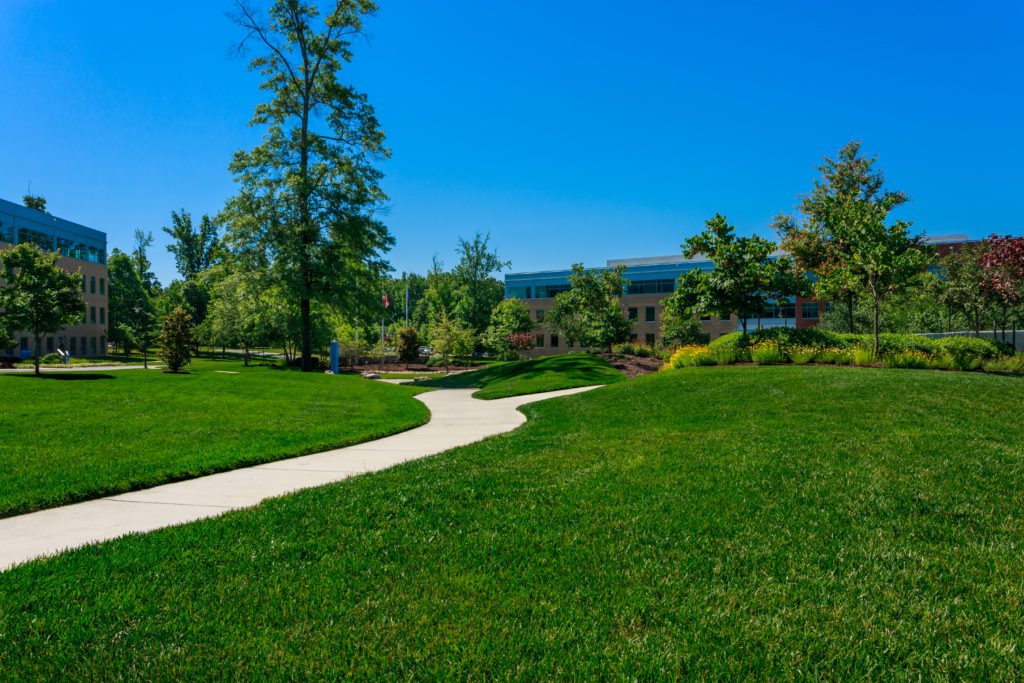
This central area of campus is called “The Bean” and a high-focus first impression area for site visitors. The turf here must be immaculate despite challenges in grade, which creates excessive turf moisture in many area. Sustainability and innovation is important to this customer, so beginning this year, we implemented the use of propane mowers on the site.
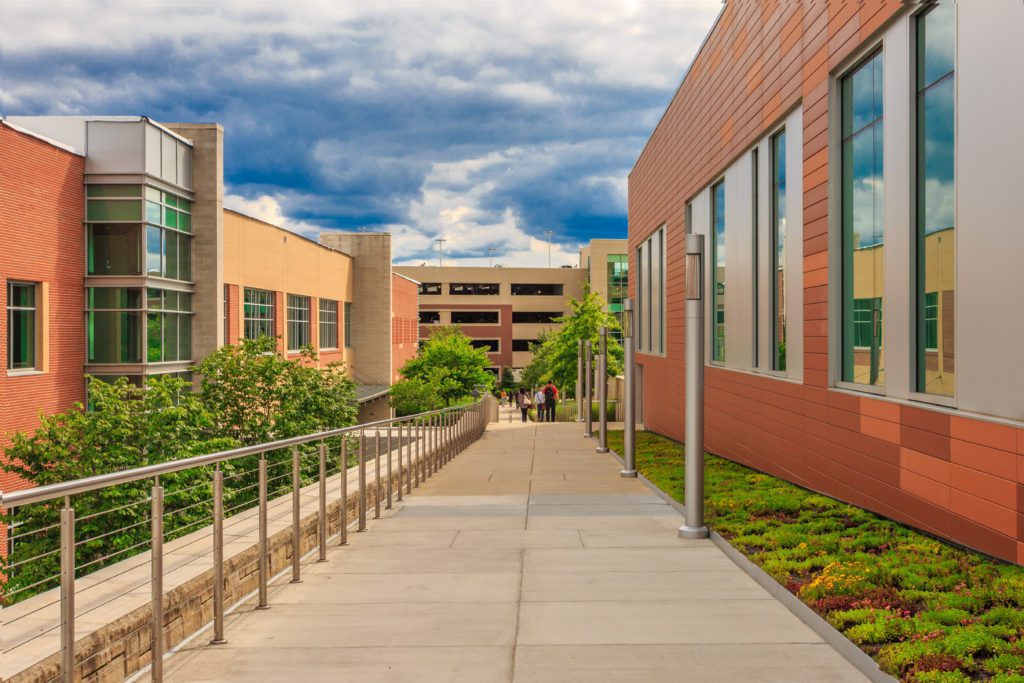
As visitors leave The Bean and enter the heart of the campus, they walk down a ramp lined with xeriscaping; a plant bed with stone and sedum, similar to what you would find on a green roof, requiring unique pruning and care. Crews spend time fertilizing, weeding and inspecting these beds for fungus and insect problems.
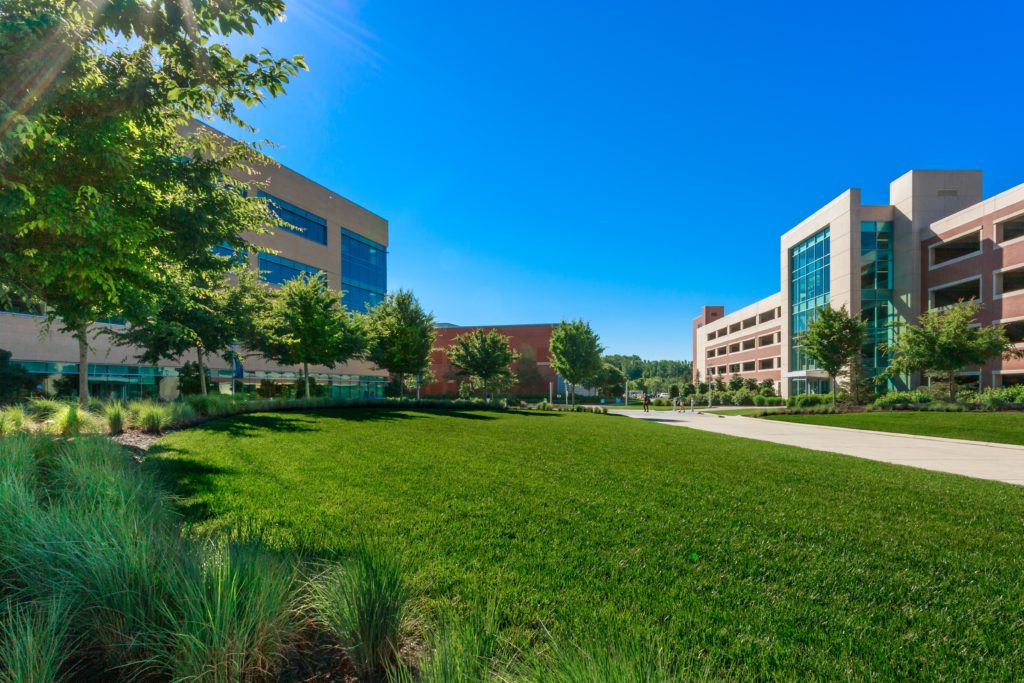
The property owner hosts several major events every year—many that have attendance in the thousands—for associates and guests including an employee picnic, a Spring Fling/Earth Day event, and vendor relation events. The contractor is tasked with preparing the property for these events and cleaning up and restoring the property (especially trampled turf and beds) to peak condition afterwards.
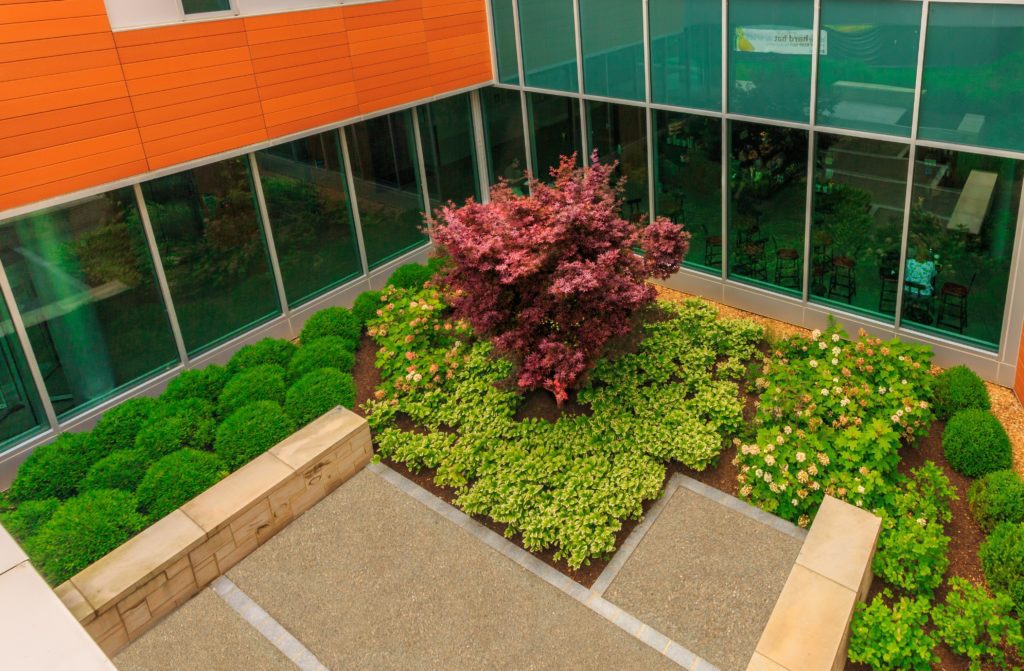
Two indoor courtyard gardens feature groundcover, trees, pavers, and climbing vines. Crew members are required to use security badges to access these areas and must hand-carry all material and equipment through the building. They visit these areas regularly to ensure that weeds are treated, mulch is neat, and vines are well manicured and not creeping too far up the walls.
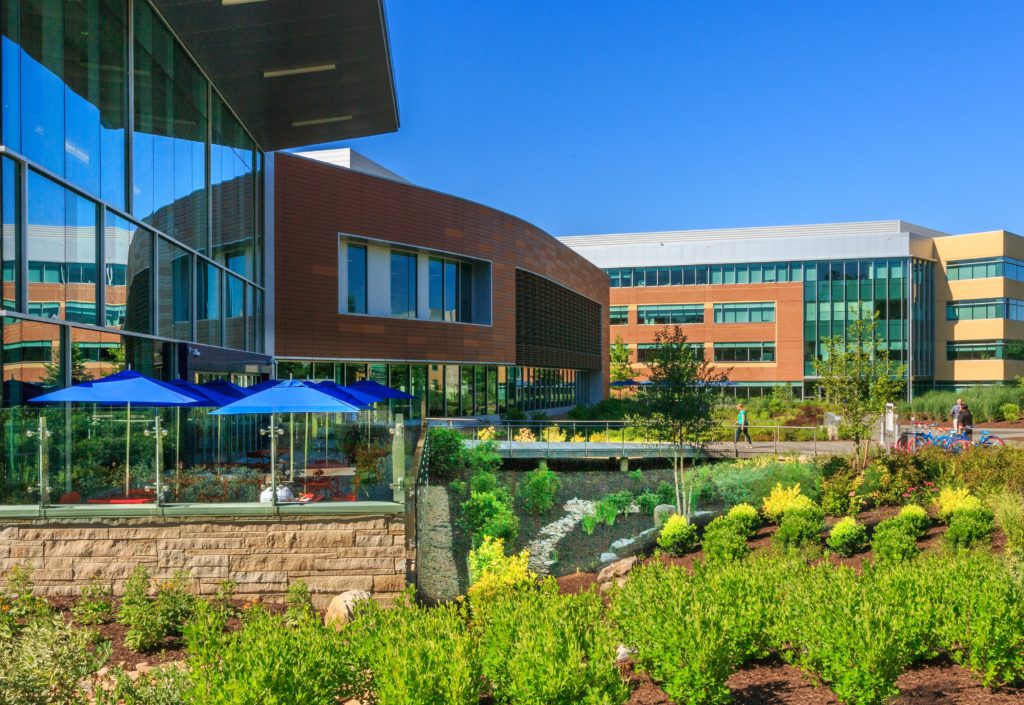
Several cafes features outdoor eating areas, so the contractor also has to be cognizant of how the landscape appears from the inside looking out. So as not to disturb the site’s associates in offices, conference rooms and dining areas that are adjacent to the landscape, the contractor works in close coordination with the onsite contact (which many days includes 10 phone calls) to maintain the landscape with a minimal amount of interference and noise.
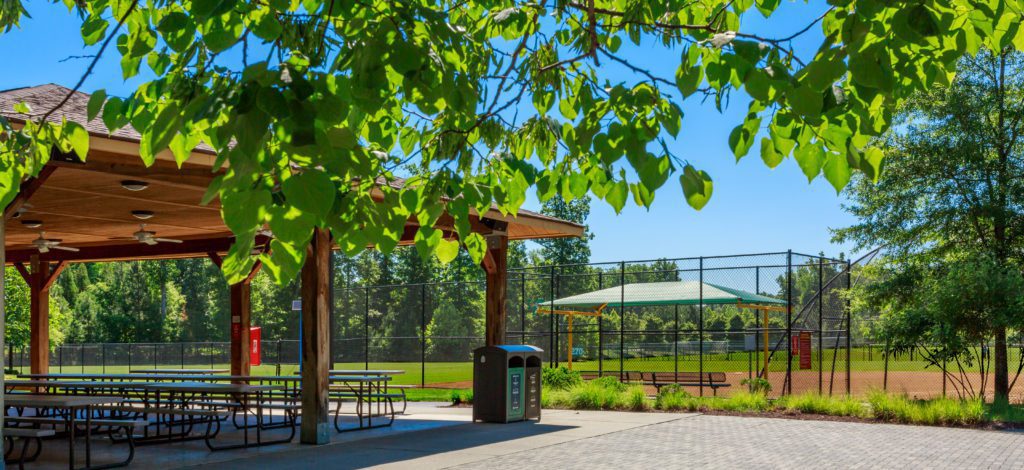
Employees are encouraged to bike and walk on the site and use the property for pickup sports activities before, during and after work. To that end, the contractor is tasked with weekly maintenance of tennis, volleyball and basketball courts along with five baseball and soccer fields. Field maintenance includes dragging and chalking the softball field and painting lines on the soccer field.
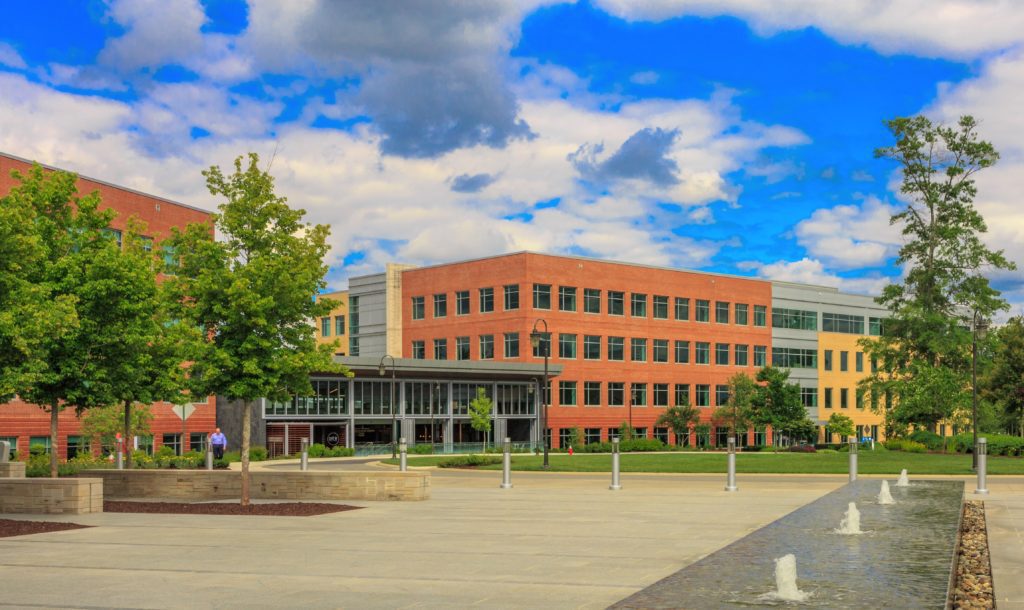
Providing a consistently high standard of maintenance in this landscape is challenging. But with strong communication between all parties and an eye to detail, the project—which is always growing in scope—seems to be accomplishing its goal of creating a world-class landscape for its employees and visitors.